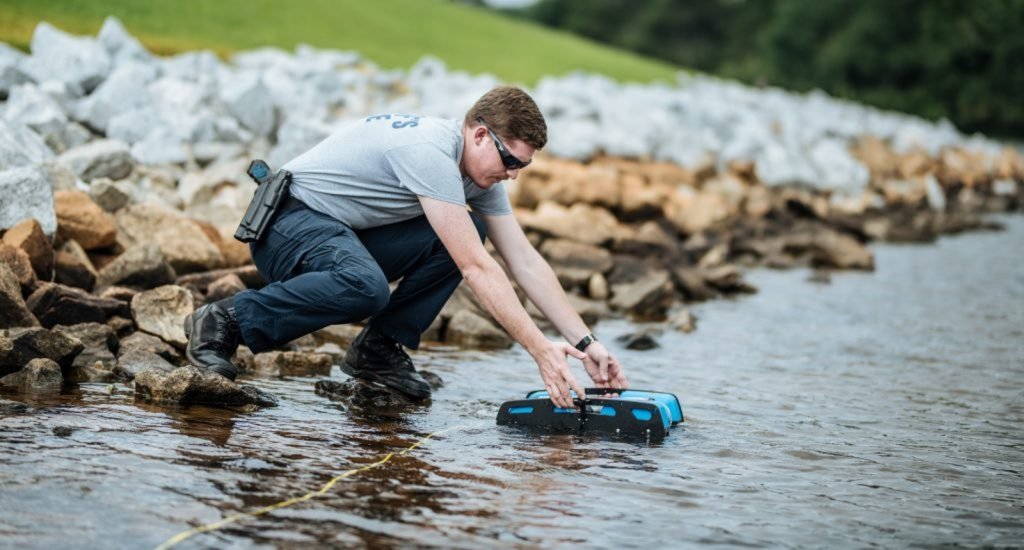1. Definition of ROV
ROV is a remote controlled underwater machine, also known as underwater UAV or underwater robot.Due to the limitation of human physical conditions, few divers can dive to a depth of 100 meters or more, and the manufacture of manned submersible is not only expensive but also difficult. Therefore, without ROV, the ability of human to explore and work in the ocean will be limited. With the advent of ROV, human beings can explore the mysterious underwater world without going into the water.
2. The history of ROV The world’s first ROV, the poodle, was made in 1953 by Dimitri rebikoff, a pioneer of French diving equipment and camera. It was refitted with a diving scooter with cable, which can be controlled on the water surface
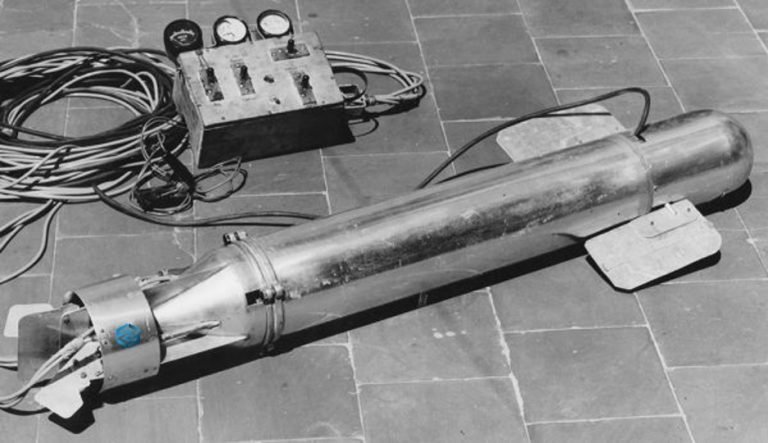
The U.S. Navy began to use ROV to recover underwater equipment in the 1960s, and continues to promote the development of this technology. By the 1980s, there were more than 500 ROVs in the world, many of which were used in commerce. Since then, ROVs have been common in many industries, with thousands of ROVs being used around the world.
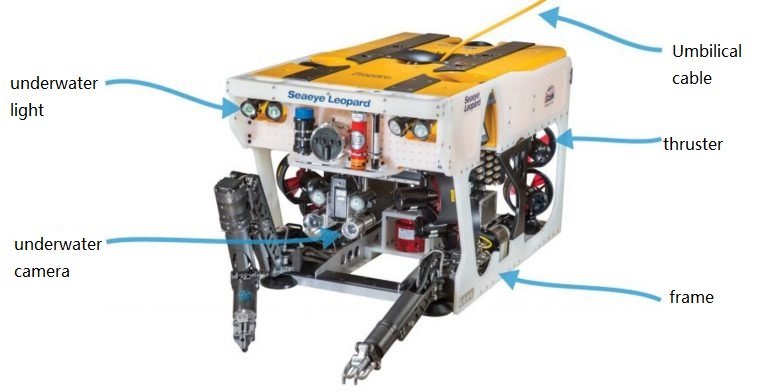
3. Basic components of ROV system
Although ROVs come in various shapes and sizes to meet different needs, their basic components are the same. Thruster
Motion control. The thruster is driven by electric or hydraulic power to provide power for the vehicle, so as to control its motion. Generally, most ROVs move in multiple directions through multiple thrusters.
Underwater camera
Provide real-time environment image for operators. When the operator does not need to go into the water, the underwater camera loaded on the ROV is the “eyes” of the operator, so the camera must be able to provide low delay images and transmit effective information in time.
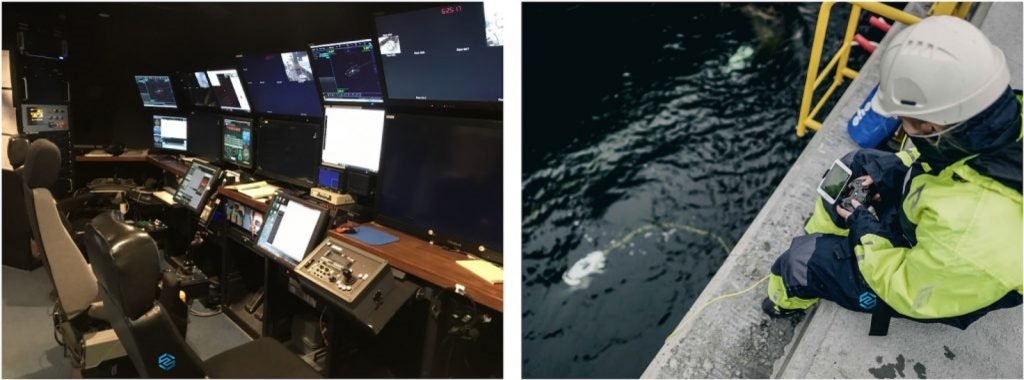
Underwater light
Provide lighting for underwater cameras. The sun’s rays disappear rapidly underwater. Many ROVs need to work in a completely dark environment, so underwater lights are needed to provide lighting for cameras.
Umbilical cord
Provide power and / or signal transmission. Due to the fact that radio waves can’t propagate in water for a long distance, the current wireless communication technology can’t meet the operation requirements of ROV. At this time, we need the umbilical cable to communicate with the ROV on the ground. Some ROVs without power supply also need the umbilical cable to provide power.
Frame
A structure is provided to attach propulsor, underwater camera, underwater lamp, umbilical cable and other components of ROV (such as robot arm, etc.). Most ROVs adopt open rectangular framework, which is convenient to build and modify. However, some ROVs adopt highly specialized framework to reduce drag and drop, improve appearance or perform special tasks.
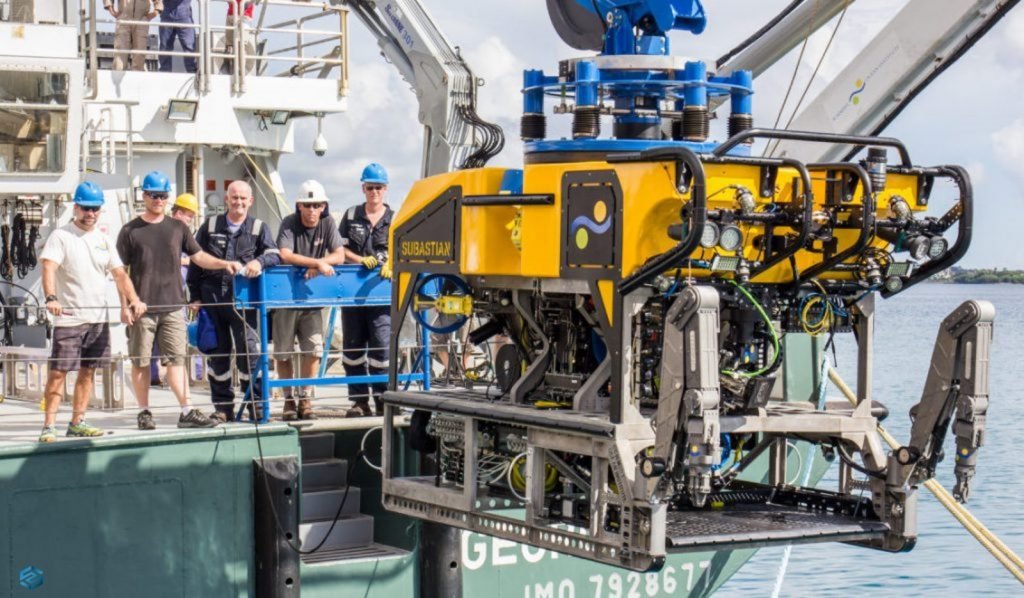
Operation control platform
ROV is controlled by remote operation. Similar to the remote control, it can control the remote operation through the real-time image transmitted by ROV.
In addition to the above basic components, most ROVs are equipped with sensors, manipulators, sampling equipment and sonar.
4. Application of ROV
ROV has a wide range of uses. Here are some of the most common applications of ROV.
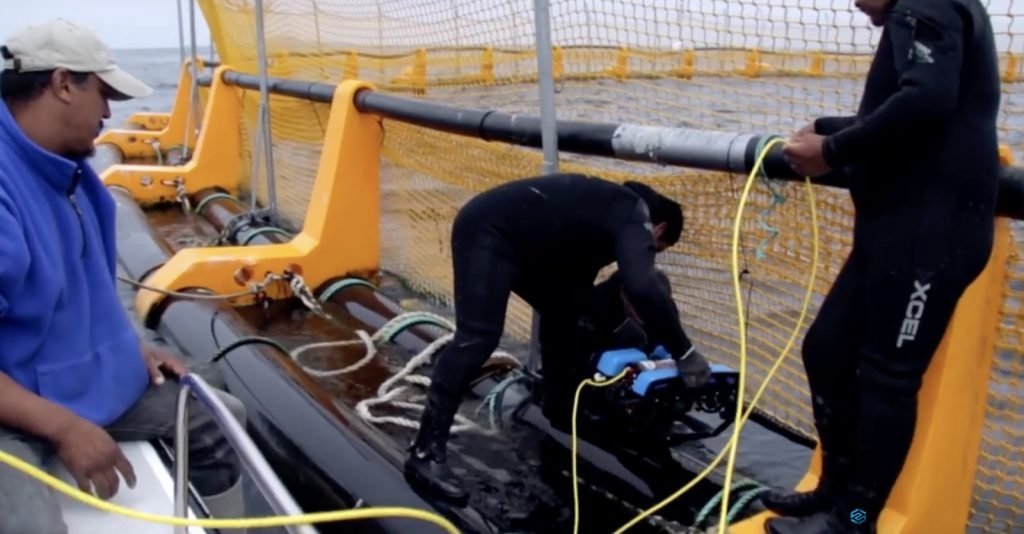
ROV in exploration and Science
The ocean is one of the most vast and mysterious places on earth. The average depth of the ocean is more than 4000 meters (13000 feet). When you understand the challenges of using manned or unmanned underwater vehicles to reach that depth, you will understand why the ocean is so mysterious and why we explore it so little. ROV is one of the best tools for exploration and research from coastal shoals to the deepest ocean. It is used by the world’s leading research institutions to photograph, measure, classify and understand marine life and environment, such as Woods Hole Institute of Oceanography (whoi), Monterey Bay Aquarium Institute (MBARI), Schmidt Institute of Oceanography (SOI), etc.
ROV is also widely used in marine biology, oceanography and autonomous system development in universities. To promote the development of underwater vehicle technology and application, transform it into autonomous underwater vehicle (AUV), and provide us with a better way to explore and study the ocean.
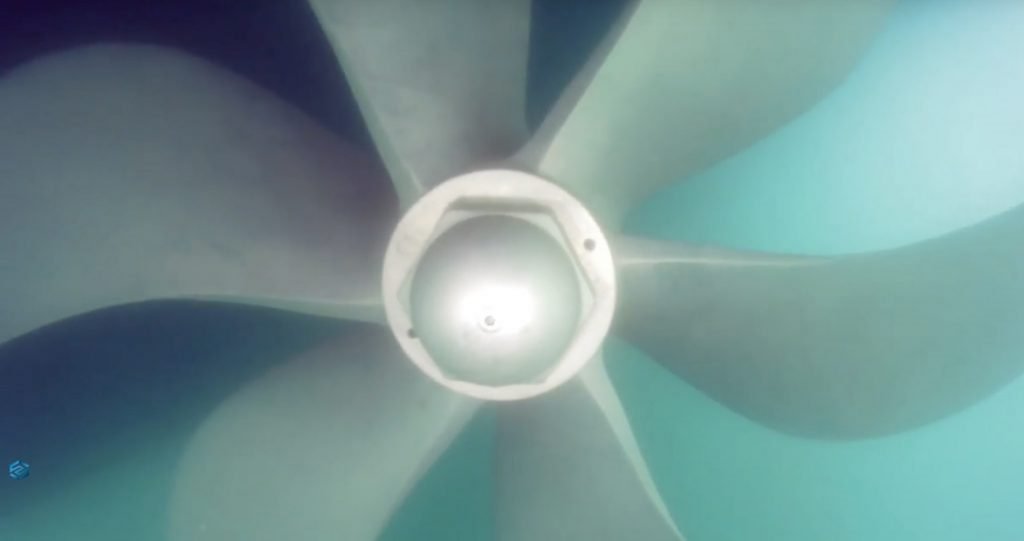
ROV for underwater inspection
The most common commercial application of ROV is underwater inspection. Large scale ROVs are commonly used in the inspection of offshore oil and gas and offshore wind power, while small scale ROVs are widely used in aquaculture, infrastructure inspection, water tank inspection, hull inspection, pipeline inspection, sewage treatment inspection, commercial diving, etc. Using ROV can make boring, dirty and dangerous work faster, cleaner and safer!
ROV for search and rescue and port security
ROVs are often used by police and fire departments for search and rescue missions, looking for missing people, ships, cars and any other sunken objects. Used with robots, they can be used to retrieve objects, even victims.
ROV is also used by the military and port security departments to inspect underwater infrastructure and search for contraband and explosive devices. By using ROV, these tasks can be accomplished without endangering the safety of human divers.
